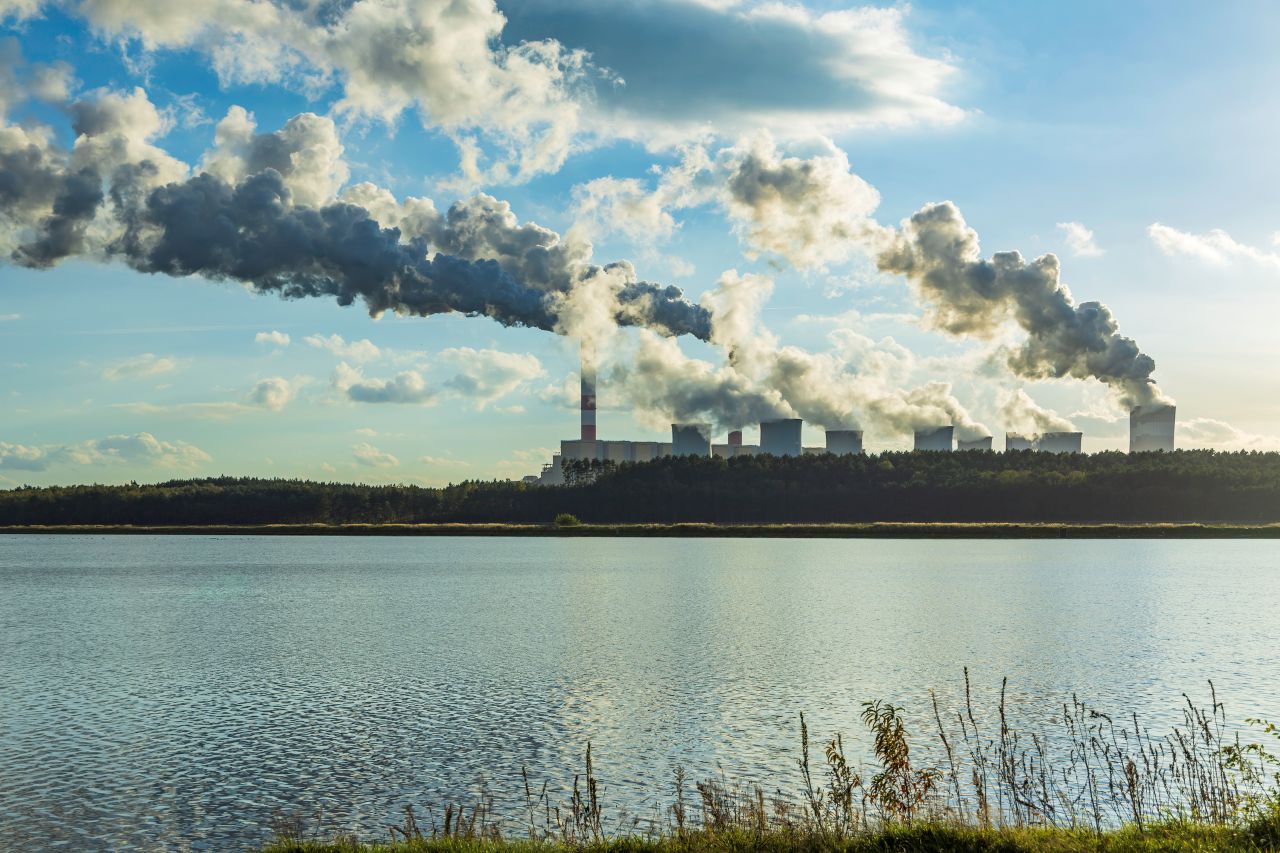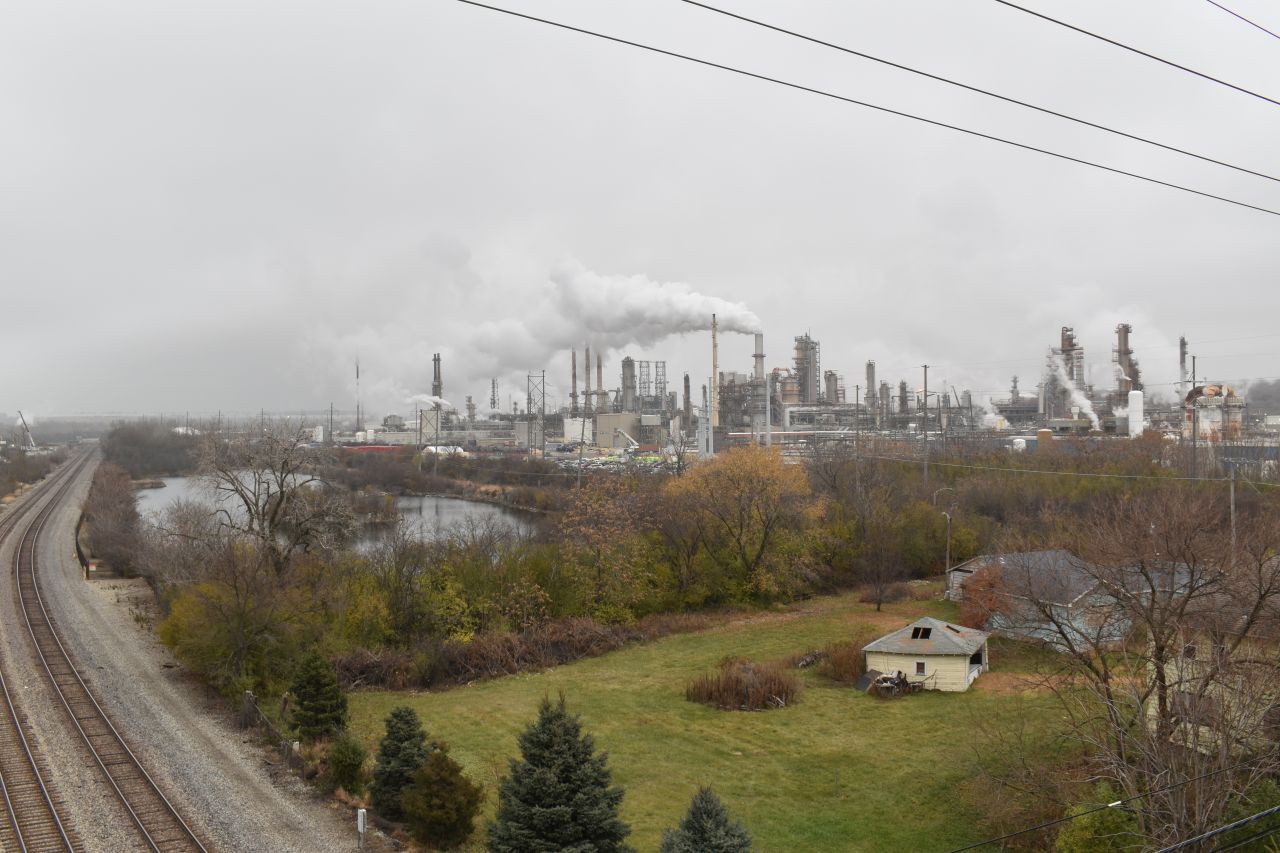LNG terminal opens in Puerto Rico without required federal approval

When New York-based company New Fortress Energy upgraded the largest power plant in San Juan, Puerto Rico, to run on natural gas, the decision was supposed to bring relief to an island that struggles with energy security and whose electric grid experiences frequent outages after storms and earthquakes.
However, the company is now under fire from local groups after building a liquid natural gas (LNG) import facility in San Juan Bay without obtaining authorization from the Federal Energy Regulatory Commission (FERC). The LNG terminal also makes the territory more dependent on natural gas, even though Puerto Rico has passed legislation urging a move to 100 percent renewable power by 2050, a strategy that recent federal studies show is more cost-effective and reliable than continuing to shore up existing fossil fuel power plants.
The vulnerabilities of Puerto Rico’s electric grid were laid bare in 2017, when Hurricane Maria devastated the island, leaving almost all 3.2 million residents without power. Nearly 3,000 people died, though some researchers have said the toll could be higher. The massive storm was followed by earthquakes in 2019 and 2020 that also caused severe power disruptions, along with another island-wide power outage in 2022 due to Hurricane Fiona.
In the aftermath of Maria, many residents and civic groups called for upgrading Puerto Rico’s electric infrastructure with wind and solar power, microgrids, and distributed generation sources. Advocates argue this would be cheaper, less polluting, and more reliable than fossil fuels, all of which must be shipped to Puerto Rico. Puerto Rico imports 100 percent of its non-renewable energy, producing no oil or gas and has no known reserves. Residents who have gas appliances must use propane tanks for fuel.
After the disaster, the Puerto Rico Electric Power Authority, the island territory’s electric utility, embarked on a privatization plan that involved handing management of its power plants and transmission lines to private energy companies. The most significant part of this plan is a 15-year deal with LUMA Energy, a joint venture of Canadian company ATCO and Houston-based Quanta Service, to take charge of power transmission and distribution.
In 2018, the power authority put out a bid to retrofit two units at the San Juan power plant to run on gas instead of diesel fuel or heavy fuel oil. NFEnergia, a New Fortress Energy subsidiary, won the bid and signed a contract with the authority in March 2019. The facility began operating in March 2020. New Fortress Energy also built a liquified natural gas import terminal on about six acres at the Port of San Juan next to the power plant.
Several religious, neighborhood, and environmental groups tried to challenge the company in court but were blocked because of legal standing issues, said Pedro Saadé Lloréns, an adjunct professor at the Environmental Law Clinic of the University of Puerto Rico Law School. On Nov. 30, the groups sent a letter to FERC requesting a public meeting in Puerto Rico on the project and drawing attention to a lack of an emergency response plan for the site.
A January 2021 resolution passed by the Puerto Rico House of Representatives also addressed the lack of proper permitting, saying that “it appears that New Fortress built the gas terminal without holding public hearings … and without any citizen or municipal participation.”
“We have the incredible situation in Puerto Rico with this terminal, which is operating without a full environmental and safety evaluation from FERC,” Saadé Lloréns said. He cited safety concerns about an explosion that could harm residents living in Barrio Sabana, less than a quarter mile northwest of the site.
LNG tankers must also pass through a narrow channel between two small strips of land at the mouth of the bay. On the eastern side is a narrow peninsula home to a 16th Century Spanish fort, along with the narrow streets and historic buildings of Old San Juan, also the location of terminals where tourists board cruise ships to depart to other Caribbean destinations. On the west side of the channel is Isla de Cabras State Park, home to another Spanish colonial fort, as well as beaches and fishing areas.
Because San Juan Bay is too shallow for large LNG tankers to make it all the way to New Fortress Energy’s terminal in the inner harbor, tankers must dock at a floating storage vessel and unload their gas there. Smaller ships then ferry the gas into the Port of San Juan, an area that has plenty of competing industrial activity. Many of those fighting the LNG terminal are also opposing a separate plan by the Army Corps of Engineers to dredge the bay to make way for heavier tankers.
“So you have a cluster of docks and operations very near people and very near each other,” Saadé Lloréns said. “You have tankers, you have pipelines, you have a lot of traffic right in front of the New Fortress facility.”
In March 2021, FERC staff found that New Fortress had indeed failed to obtain a required permit from FERC, although the project did obtain authorizations from the U.S. Coast Guard and Army Corps of Engineers. But FERC stopped short of requiring the facility to shut down while the company’s application was under review.
“Although we find that New Fortress Energy has constructed an LNG terminal subject to the Commission’s jurisdiction without obtaining the necessary prior authorization, presuming they comply with the requirements of this order, we do not believe an enforcement action is warranted,” FERC’s order stated.
FERC’s staff also pointed to the benefits of burning natural gas instead of diesel and heavy fuel oil at the power plant in San Juan, where the air quality is too polluted to meet federal health standards. San Juan’s air does not meet the health standard for sulfur dioxide, a pollutant produced by diesel, coal, and petroleum burning tied to breathing problems and acid rain.
“The New Fortress Energy facility supplies cleaner burning natural gas to the San Juan Power Plant,” FERC’s order stated. “Under these circumstances, we find that allowing operation of the facilities to continue during the pendency of an application is in the public interest.”
Puerto Rico’s power authority also touted the facility’s benefits and urged FERC to approve New Fortress Energy’s application, saying the conversion to gas “has made it possible for (the authority) to reduce significantly its reliance on diesel fuel at the San Juan Power Plant,” cutting air pollution, increasing the plant’s generating capacity, and offering the island’s largest city a more diverse mix of fuels.
New Fortress Energy’s application remains under FERC review.
Sary N. Rosario Ferreira, a San Juan pastor, educator, and member of faith-based group El Puente’s Latino Climate Action Network, one of the groups challenging the plant, said FERC’s decision made them “very disappointed.”
“We feel like we are not equal to the other citizens of the mainland,” she said. “In terms of allowing them to continue operating, they are not treating us equal to the other citizens in the states, and it’s like our value is less.”
The Puerto Rico Energy Public Policy Act of 2019 sets a goal of generating 40 percent of the territory’s electricity from renewables by 2024, 60 percent by 2040, and 100 percent by 2050. However, Puerto Rico remains a long way off. In 2021 and 2022, renewable sources produced only 3 percent of the electricity on the island, while natural gas-fired power plants generated 43 percent, with another 37 percent from petroleum, and 17 percent from coal, according to the U.S. Energy Information Administration.
A U.S. Department of Energy preliminary report in January 2023 suggested that Puerto Rico probably has enough potential for solar and wind power to significantly exceed its electricity demand by 2050. The report said that building new solar and wind-powered generators, and more energy storage units,
would be more cost effective than maintaining Puerto Rico’s existing power plants. And the federal agency said Puerto Rico’s electric grid would recover faster after natural disasters if it were made up of smaller renewable resources spread across the island.
One difficulty of expanding natural gas imports into Puerto Rico is a more than century old law that restricts shipping. A 1920 U.S. law known as the Jones Act requires that only U.S. built, crewed, and registered ships are allowed to unload cargo from U.S. ports into San Juan and other harbors. None of the 640 LNG tankers in the world qualify under the Jones Act. This means that almost all of the LNG that reaches Puerto Rico comes from foreign countries like Trinidad and Tobago, Nigeria, Oman, and Spain, even though Puerto Rico is a U.S. territory and the U.S. has become the world’s largest exporter of LNG.
Even the Puerto Rico power agency’s board has admitted problems with relying on LNG because of this law. In a video of a meeting on Nov. 17, 2021, one official can be heard saying:
“Given the Jones Act limitations, it’s becoming a challenge for natural gas to be imported to Puerto Rico.”















